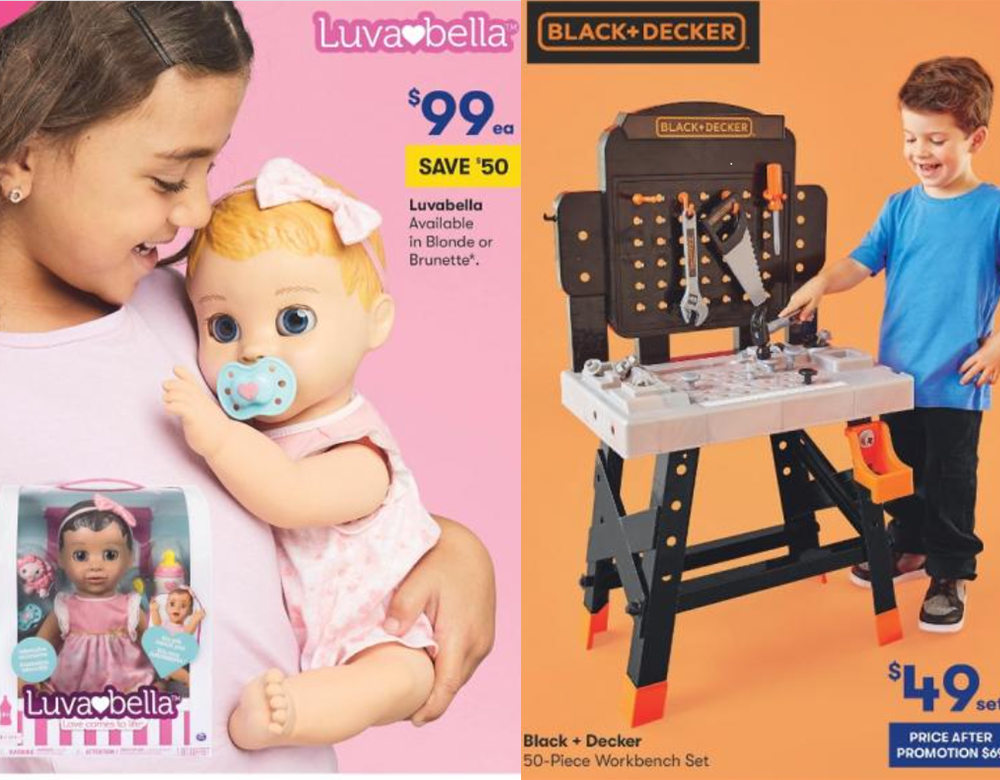Gender stereotypes
Gender stereotypes are widely held, over-simplified ideas about a group or individual based on gender.
Gender stereotypes are widely held, over-simplified ideas about a group or individual based on gender.
The advertising industry relies on stereotypes to get ideas across quickly and clearly – but what many people don’t realise is that stereotypical ads actually send a dangerous message.
The representations we see in advertising influence our beliefs, aspirations and behaviour. The more children and adults are exposed to gender stereotypes in mass media, the more likely they are to believe in narrow ideas about what it means to be a man or woman.

Stereotyped ads are out of step with public opinion, and they certainly miss the mark for the most powerful consumer group – women.
On the other hand, ads that show women in non-stereotypical ways drive purchase intent and increase brand reputation.
From a very early age, children are influenced by what they see in ads. And what they’re seeing is more and more gender stereotypes.
Colour is used as a marker to indicate whether a product is considered appropriate for boys or girls to use. Toys and games marketed to girls focus on appearance, nurturing and cooperative play, while those for boys focus on competition, dominance, independence, and physical activity.
When it comes to the effects of advertising on children, these representations influence our children’s interests, behaviours and aspirations from a very early age. Girls start to learn that they are expected to be attractive, cooperative and caring, while boys learn that they are expected to be strong, active and independent.

Advertising has the power to transform stereotypes and promote gender equality